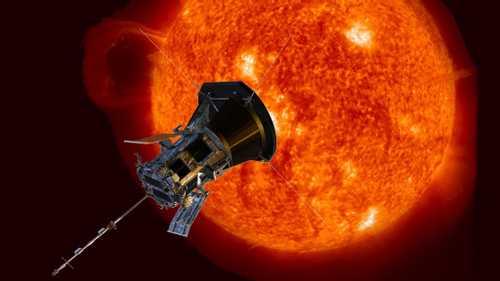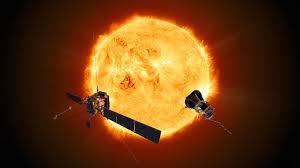Explore the World's Best Ideas
Join today and uncover 100+ curated journeys from 50+ topics. Unlock access to our mobile app with extensive features.
Getting closer to the sun
Until now, NASA's Helios 2 was the vessel that has got the closest to the sun: in 1976, it came within 27 million miles of the surface of the sun.
This is about to change, as NASA is planning on making its brand new Parker Solar Probe have a path that will take it 3.83 million miles away from the sun. The journey will have as main purpose to gather as much information as possible on the yellow star.
16
178 reads
The concerns related to traveling to the sun
When planning to send its brand new vessel to investigate on the sun, NASA has to take into account serious threats to its astronauts.
The biggest obvious threat is the extremely hot area that surrounds the sun, or what we call the virus. The research will actually focus also on finding out why the temperatures in the area are so high.
12
147 reads
The high radiation of the sun
When traveling to the sun, astronauts take huge risks, as the sun emits an enormous amount of radiation. Usually this radiation is associated with heart issues or strokes.
Therefore, the closer you find yourself to the sun, the more chances you have to die sooner than you would normally had it not been for the journey.
13
129 reads
Disintegration of a vessel
NASA's newest vessel, the Parker Solar Probe, comes equipped with a custom-made heat shield, the so-called 'Thermal Protection System', which will protect the instruments behind it from high heat radiation. At the very end of the travel, any remaining unprotected parts of the Parker Solar Probe will shift toward the sun and transform into space dust.
12
114 reads
Exploration and its benefits
By setting as goal the exploration of the sun starting this year and ending in 2025, NASA is bound to save the world trillions of dollars.
This is possible, as it is expected that the journey finds answers such as the functioning of solar winds, that can actually destroy satellites and mess up with our GPS signals and radio communications.
13
111 reads
IDEAS CURATED BY
Karl Murphy's ideas are part of this journey:
Learn more about scienceandnature with this collection
How to ask open-ended questions
How to avoid awkward silences
How to show interest in others
Related collections
Similar ideas
1 idea
13 ideas
In Depth | Jupiter – NASA Solar System Exploration
solarsystem.nasa.gov
12 ideas
In Depth | Mercury – NASA Solar System Exploration
solarsystem.nasa.gov
Read & Learn
20x Faster
without
deepstash
with
deepstash
with
deepstash
Personalized microlearning
—
100+ Learning Journeys
—
Access to 200,000+ ideas
—
Access to the mobile app
—
Unlimited idea saving
—
—
Unlimited history
—
—
Unlimited listening to ideas
—
—
Downloading & offline access
—
—
Supercharge your mind with one idea per day
Enter your email and spend 1 minute every day to learn something new.
I agree to receive email updates

